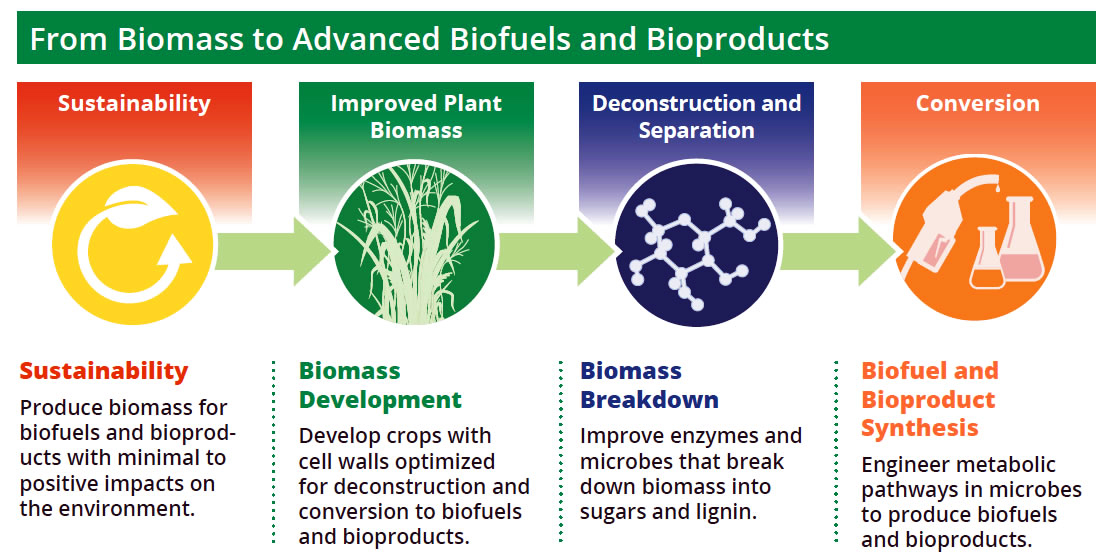Science & Technology
Biofuel & 3Es
- 28 Dec 2020
- 7 min read
This article is based on “How biofuels can double farm incomes” which was published in The Hindustan Times on 28/12/2020. It talks about the role of biofuels in enabling Economic, Environmental and Energy Security.
As India moves towards more sustainable energy consumption, the country faces the unique challenge of fusing together different needs viz. cutting dependence on imports, greening the grid while ensuring affordability, replacing old forms of energy production while boosting employment, and the increasing of the human & economic capital of the people.
In this context, biofuels (ethanol, compressed biogas and biodiesel) have become a tool for achieving these delicate balance of outcomes. Apart from biofuels helping in reduction of import dependency on crude oil and a cleaner environment, it will help in generating additional income for farmers and create rural jobs.
Economic Security & Biofuels
- Helping Sugar Industry: The primary raw material for ethanol production in India is sugarcane and its by-products, accounting for more than 90% of fuel ethanol supplies under the ethanol-blended petrol (EBP) programme.
- This programme injects liquidity into the stressed sugar sector and provides an alternative revenue stream to farmers.
- Diversification of Agricultural Markets: The recent decision to utilise surplus rice available with the Food Corporation of India and maize as an additional source of feedstock for ethanol production, would mean that farmers will now have an alternative market for their produce.
- Income From Barren Lands: With regards biodiesel, the National Policy on Biofuels in 2018 targets 5% blending of biodiesel in a diesel by 2030.
- The policy encourages setting up of supply chain mechanisms for biodiesel production from non-edible oilseeds, used cooking oil and short gestation crops.
- These crops can be easily cultivated in various states on land that is barren or not fit for edible crops, thus boosting farm incomes.
Environmental Security & Biofuels
- Reducing Air Pollution: The Sustainable Alternative Towards Affordable Transportation (SATAT) scheme launched in October 2018 aims to establish an ecosystem for production of compressed biogas (CBG) from various waste biomass sources in the country.
- Many of the proposed plants under SATAT scheme will use crop residue such as paddy straw and biomass as feedstock for the production of CBG, especially in Haryana, Punjab and Uttar Pradesh.
- The SATAT scheme will not only stanch greenhouse gas emissions but will reduce the burning of agricultural residue, which results in significant air pollution in cities like Delhi.
- One of the byproducts of CBG plants is bio manure, which can be used in farming.
- Also, this will generate employment in rural and waste management sectors, and boost income for farmers from their unutilised organic waste.
Energy Security & Biofuels
- Reduction in oil Imports: India currently imports about 84% of its oil and 56% of gas needs, substituting some of the fuel with biofuels will help cut import dependence.
- Currently, the aim is to achieve 10% ethanol blending in petrol by 2022 and 20% blending by 2030 — something that will cut down carbon emissions in vehicles.
- Renewable Source of Energy: In contrast to fossil fuels, which are exhaustible resources, biofuels are produced from renewable feedstocks. Thus, their production and use could, in theory, be sustained indefinitely.
Associated Challenges
- Issues of Food Security & Higher Food Prices: Biofuel feedstocks include many crops that would otherwise be used for human consumption directly, or indirectly as animal feed.
- Diverting these crops to biofuels may lead to more land area devoted to agriculture, increased use of polluting inputs, and higher food prices.
- Technological Limitation: There are other problems associated with biofuel usage such as automotive engine compatibility in long term operation and also food security issues that stem from biofuel production from food-grade oil-seeds.
- Diversion of Forest Into Agricultural Lands: Biofuel feedstocks are grown on land cleared from tropical forests, these changes in land-use patterns may increase GHG emissions by releasing terrestrial carbon stocks to the atmosphere.
Way Forward
- Collaborative Effort: The transformative potential of biofuels can be realised only through the participation of students, teachers, scientists, entrepreneurs and the people.
- Swift Clearance to Bio-Refineries: In order to reap benefits form SATAT scheme, there must be swift clearances given to the bio-refineries.
- In this context, the launch of the 'Proactive and Responsive Facilitation, by Interactive and Virtuous Environmental Single-window Hub' (PARIVESH), a web portal for speedy environment clearance of projects, is a step in the right direction.
- Technological Intervention: Dedicated biodiesel engine is the ultimate solution for commercializing biodiesel.
- In this context, India can learn from Brazil, as it successfully boosted its bioethanol marketing by introducing flexible-fuel vehicles (FFV), which have a dedicated engine for both ethanol and gasoline.
- Apart from this, there is a need to invest in research and development of the second and third generation of Biofuel.
Conclusion
The components of a biofuel supply chain create a circular rural economy that results in substantial environmental, socio-economic and health benefits for communities.
|
Drishti Mains Question Biofuel supply chain creates a circular rural economy that results in substantial environmental, socio-economic and health benefits for communities. Discuss. |





